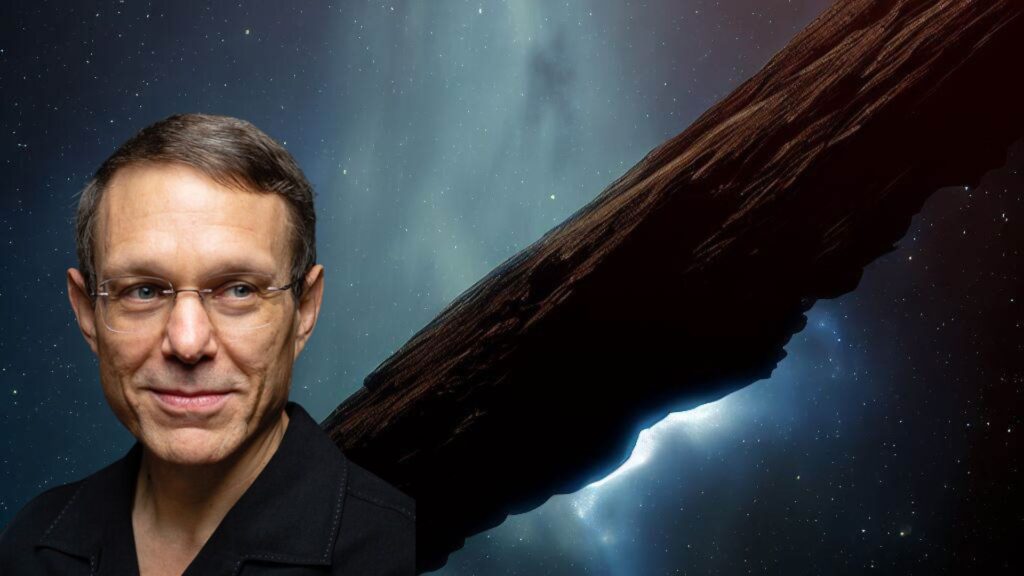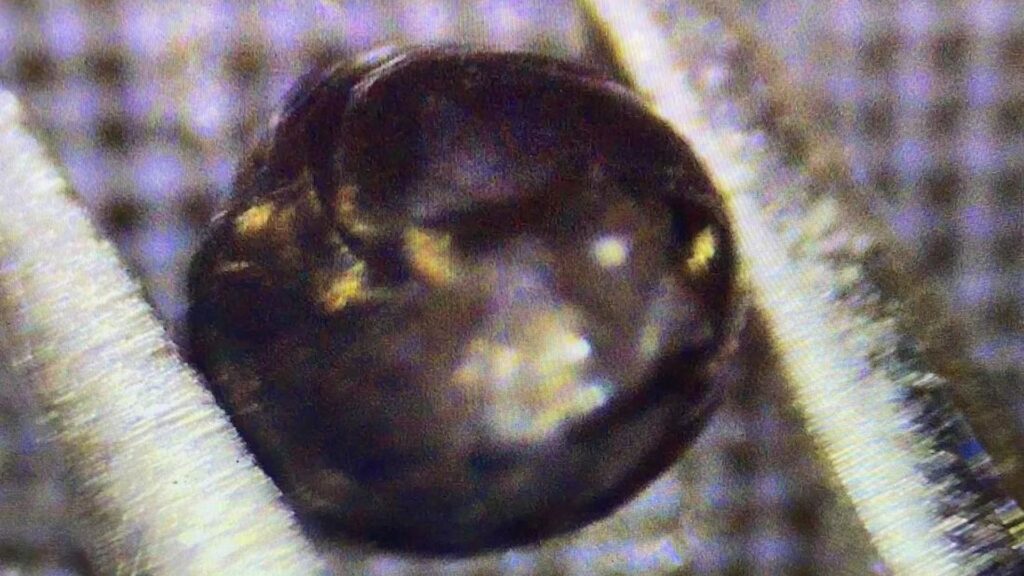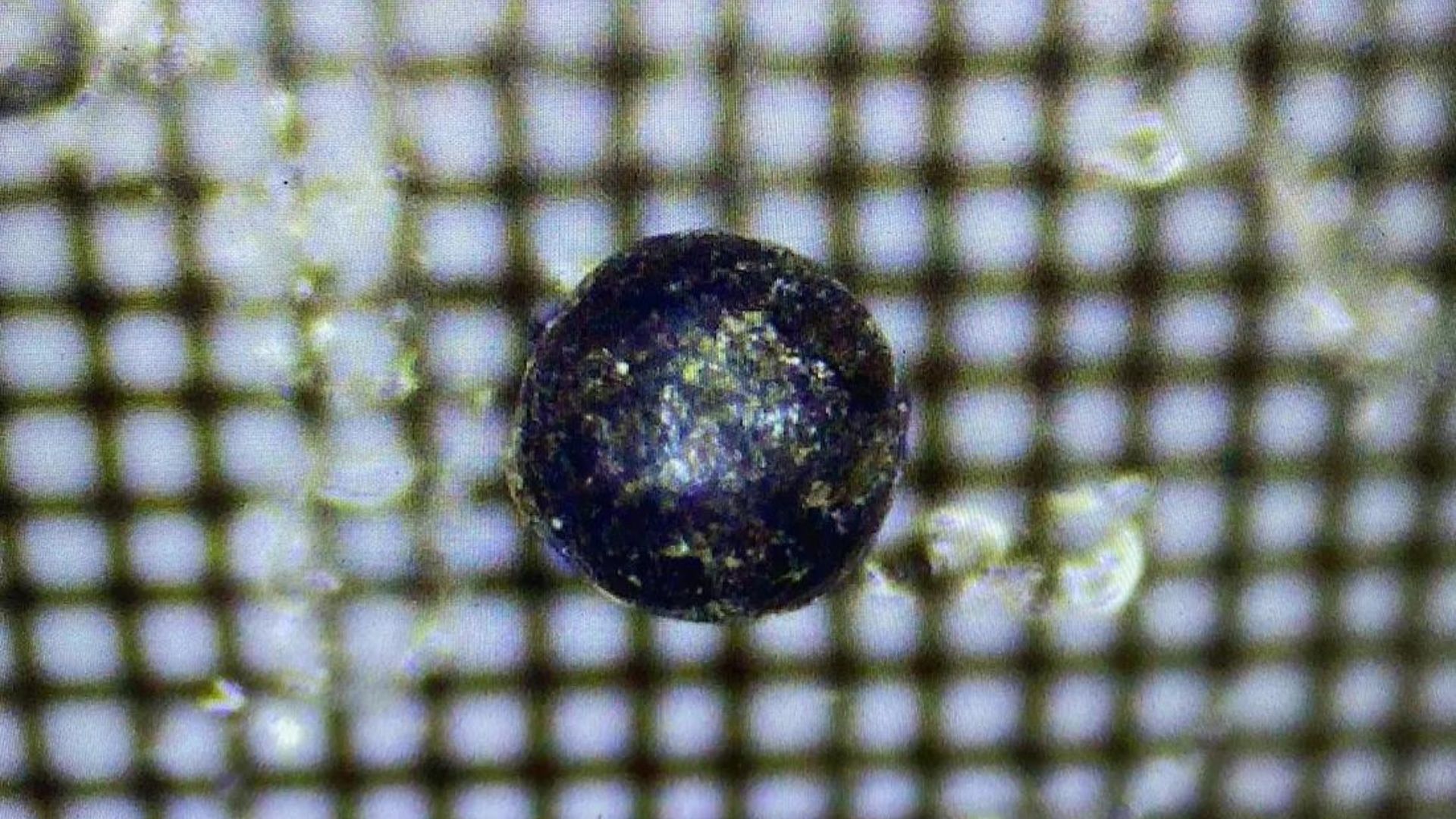Introduction:
Avi Loeb, the renowned astrophysicist, and head of the Galileo Project. Join us as we delve into the captivating world of interstellar exploration, where groundbreaking discoveries and breathtaking adventures await.
In this blog, we will explore the latest updates, insights, and musings from Avi Loeb’s remarkable interstellar voyage. Strap in and embark on a journey like no other!
In a groundbreaking discovery, Dr. Avi Loeb, a renowned astronomer from Harvard University, and his team have unearthed potential evidence of an interstellar object submerged in the ocean.
The object’s unique characteristics suggest it may not be of terrestrial origin, but rather, it could be an artifact of alien technology.

The research was initiated based on data from a meteor that made landfall near Papua New Guinea in 2014.
The meteor was observed to be moving at a velocity too high to be gravitationally bound to the Sun, a trait that is uncharacteristic of typical space debris. Furthermore, the meteor exhibited unique material properties that further piqued the interest of Dr. Loeb and his team.
To locate fragments of the meteor, the team employed a sled equipped with magnets, a technique that allowed them to comb the ocean floor effectively.
Their efforts were rewarded when they discovered spherical metal particles, known as spherules, among the fragments of the object.
These spherules are of particular interest to the researchers.

Their formation typically requires high temperatures, such as those experienced during the entry of a meteor into the Earth’s atmosphere. However, the spherules found in this case exhibited properties that suggest they might have originated from an interstellar object.
The next phase of the research will be conducted at the Harvard College Observatory. The team plans to conduct a thorough analysis of the recovered materials to determine if the object is indeed interstellar and of artificial origin. This investigation will involve a series of tests and examinations to understand the composition and structure of the materials better.
If the object is confirmed to be of interstellar and artificial origin, it would mark a significant milestone in our understanding of the universe. It could potentially provide insights into extraterrestrial technology and the existence of life beyond Earth.
The discovery by Dr. Loeb and his team is a testament to the power of scientific curiosity and the relentless pursuit of knowledge. As we continue to explore the cosmos, we may find that we are not alone in the universe, and our understanding of life and existence could be fundamentally transformed.
Conclusion:
Join us on this captivating journey of discovery and wonder as we follow Avi Loeb and the Galileo Project’s pursuit of unraveling the secrets of the cosmos. Through this blog, we invite you to engage with the scientific community, expand your horizons, and embrace the beauty of the unknown. Follow Avi Loeb and be part of a community dedicated to exploring the frontiers of interstellar exploration.
Follow Avi Loeb and stay updated on the latest breakthroughs, inspiring discoveries, and profound insights that shape our understanding of the universe. Together, let’s embark on a thrilling voyage into the depths of space and uncover the wonders that lie beyond.

